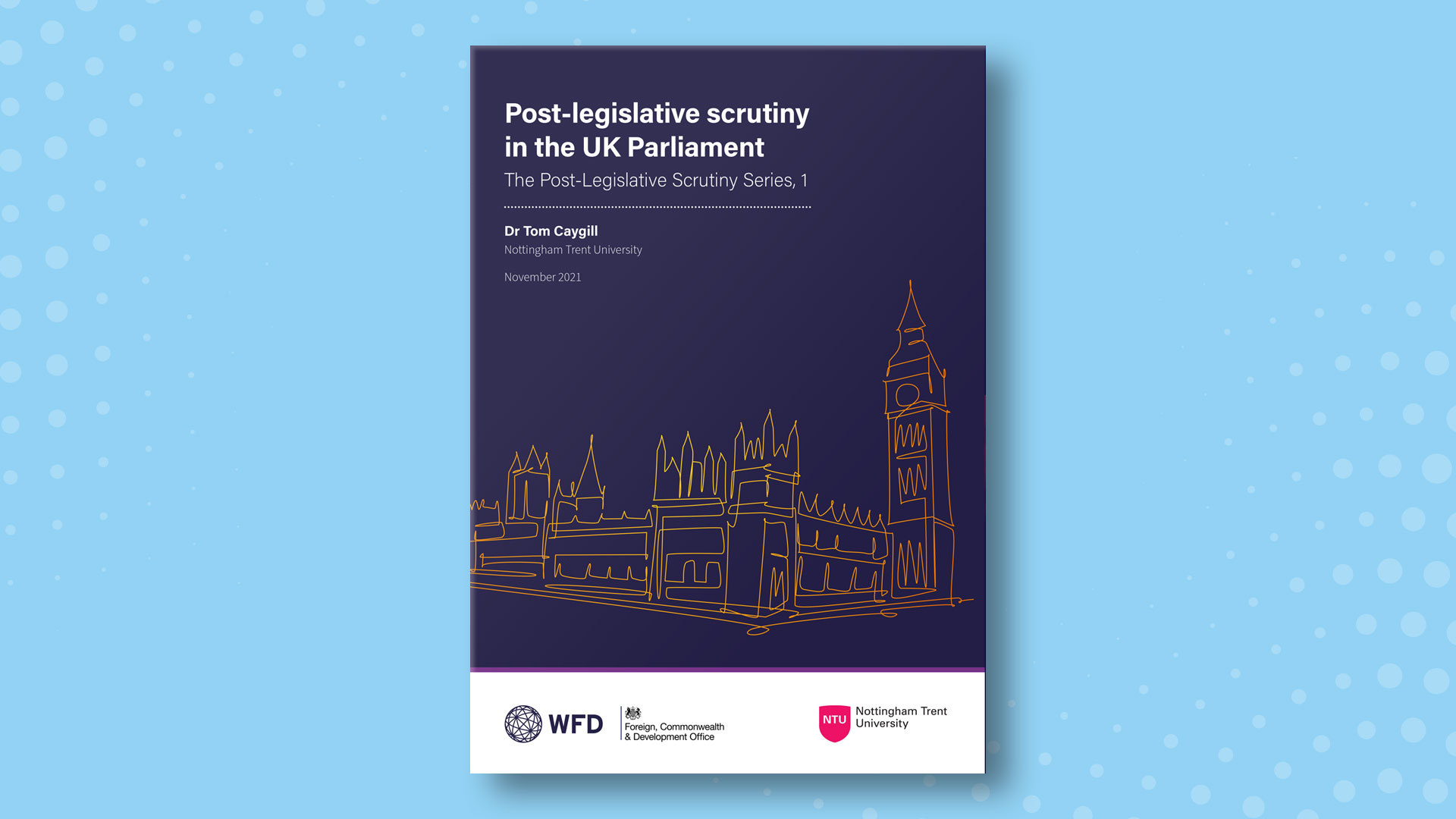A new report, written by Dr Tom Caygill of Nottingham Trent University, and published by WFD, analyses the frequency and the outcomes of PLS that has taken place in the UK Parliament between 2008 and 2019, in order to provide an insight into how this form of scrutiny is being undertaken.
The report identifies the main aims of PLS as:
- Assessing whether legislation is functioning as intended and to offer solutions if not
- Increasing focus on the implementation of legislation within government
- Producing better legislation
Findings from the research show that post-legislative scrutiny is being undertaken in UK Parliament, and is possible, even when legislatures have capacity limitations. However, there are some challenges which need to be acknowledged, such as a bias in legislation which was selected to receive PLS.
To overcome such challenges, the report outlines key recommendations for the UK Parliament including the need for a dedicated PLS committee to be established, either as a joint committee of both Houses, or as a Lords Committee.

